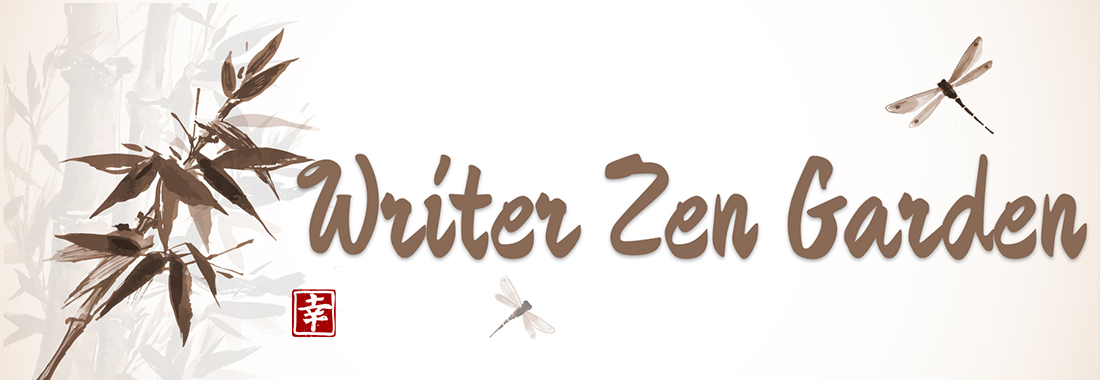K Is For… Killing your Darlings!
Contributed by Tina Holland.
On Monday I talked about getting from Idea to “The End” of your story. Today I want to talk about Editing or as is sometimes referred to as Killing your Darlings.
Killing your darlings is a phrase that came about because of the difficult time authors have with editing and probably more likely cutting scenes out. I understand the cutting of scenes because my writing style is short so I feel every cut shaving off my word count which can mean I’m out of word range for my publishers.
That being said, editing is a very important process in readying your story for the market – whatever market that may be.
I personally love the editing process, but I understand how it makes authors nervous, so let’s talk about the importance of each type of edits and what they do to help your story.
- Developmental Editing – Sometimes this is called content editing. This is looking at the big picture of the story for plot holes and character inconsistencies. I utilize my Critique Group for this as they are able to find most inconsistencies and ask the big questions regarding the story.
- Copy Edits – This is grammar and spelling. I recommend that all writers use their spelling and grammar checks in their writing software. It doesn’t catch everything, but it will catch 90% of what you need to submit to a publisher. Grammarly and Pro-Writing Aide have free versions you can use too. A Lot of Indie Authors will pay an editor to look over their story before publication and this is the one most often used.
- Proofreading – This is the nitpicky details before you publish. In my opinion this includes; formatting, cover design, back blurb, backmatter, and anything missed above. Some authors use Beta Readers for proofing. Actually this is a good spot to utilize family members who like to read. While they may not be able to help you with your adverbs, they will tell you if page 16 is blank on the proof copy.
Editing should be thought of as scary. It is a way to improve your craft and make your story the best it can be. That’s not to say there aren’t mean editors or critiques that won’t put you down to make themselves feel better because there are. And if you’ve encountered a person like that then know they are the problem, not you. There is a way to give feedback on a piece without eviscerating the recipient. And really we are talking about Killing YOUR darlings so ultimately any feedback you receive you can take or leave. It’s your baby and if your story isn’t ready then nurture it a bit more until it’s ready for the world.


My sister has just done an amazing job doing a first edit of the book I was trying to complete for last year’s A2Z – I didn’t finish it then but it gave me enough momentum to get it done. My sister has suggested at least one darling to be dropped…
https://how-would-you-know.com/2022/04/kimchi-kefir-kombucha-and-killing-it-in-the-kitchen.html
Great post, Tina! I especially love your recommendation to think of the editing process as “nurturing” your writing project. It’s true: editing is an act of love and care to make the manuscript as good as it can be. That way of framing the process reminds us that it is a POSITIVE process, not a destructive one.
Thanks again!
In a nutshell understood the editing process.i don’t hav any immediate plans to write a book but when I write I would remember these points
Dropping by from a to z http://afshan-shaik.blogspot.com/
so many good ideas- but you did have a typo when you say that …
‘Editing should be thought of as scary. It is a way to improve your craft and make your story the best it can be.’
I think you meant – NOT scary.
unless you’re just messing with us- LOL.
Great advice, thanks! Sometimes it can be difficult to let go of some parts (yet it may be necessary). I rather like the copy editing part (it means I’ve done the main work)!